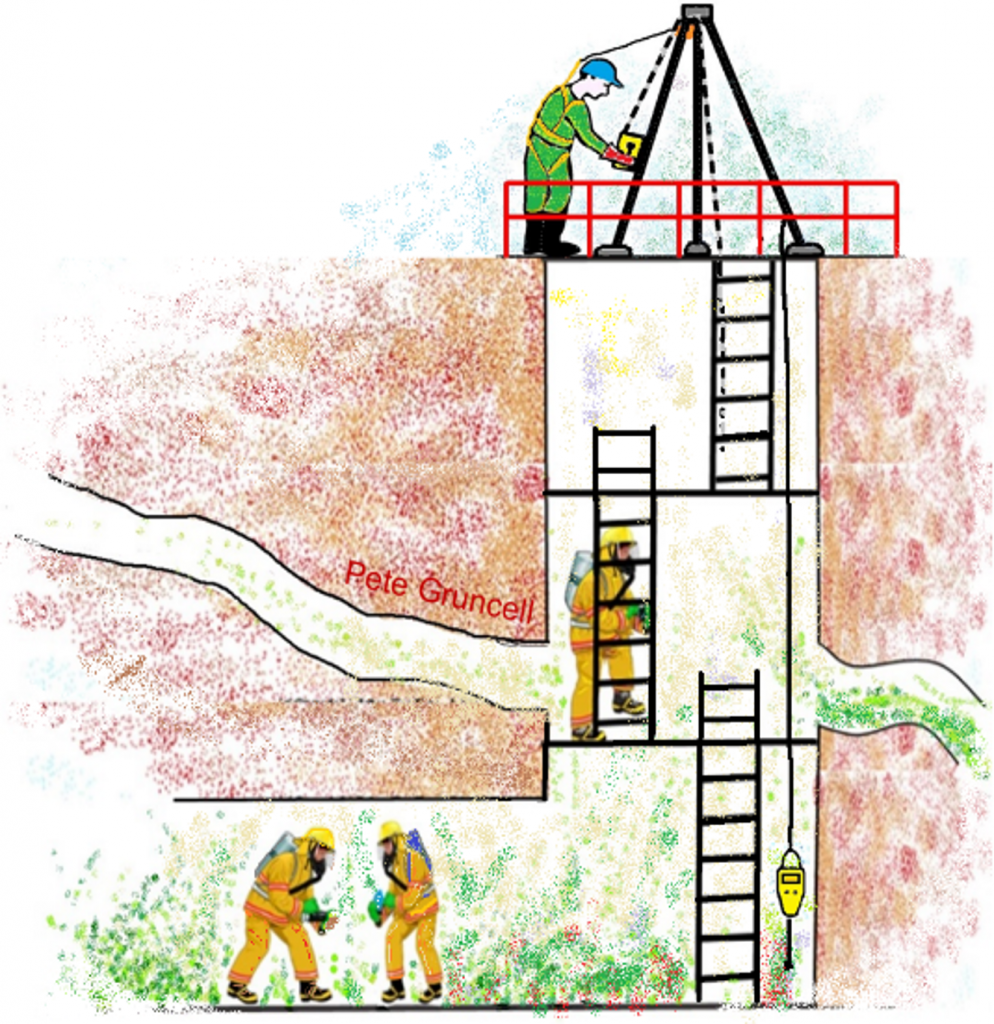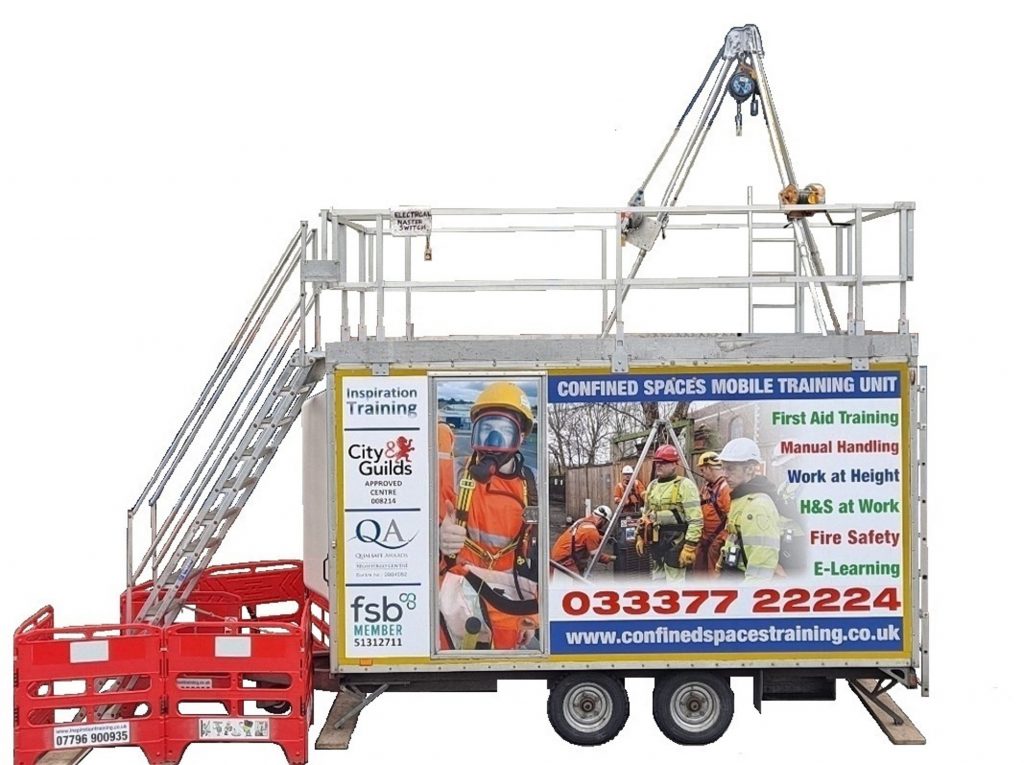CITB GET2658 Confined spaces in construction high risk
Standard details
This is the CITB approved Confined spaces in construction high risk training course. The purpose of this standard is about safe entry into confined spaces with non-standard, hazardous entries which, in consequence, makes rescue difficult.
Find a course for this standard (External link – Opens in a new tab or window)
Duration
This is a 3 day course which is normally delivered on site
Purpose/scope
The purpose of this standard is about safe entry into confined spaces with non-standard, hazardous entries which, in consequence, makes rescue difficult. Entry may involve complex entry procedures with work-specific controls and rescue arrangements and the use of full breathing apparatus.
It will entail the use of self-contained open circuit breathing apparatus, gas detection equipment, mechanical resuscitation equipment, and will require the presence of personnel who have designated responsibilities for dealing with emergencies.
The scope of this standard covers:
- confined spaces: definition
- specified risks, risk assessment and training
- safe systems of work, permits to work
- roles and responsibilities (e.g. top man/bottom man duties)
- atmospheric hazards and gases
- principles and use of gas detectors
- inspection and use of escape sets and working breathing apparatus
- pre use checks, correct donning & adjustment of harness
- inspection and applications of tripods, winches and fall arrest equipment
- emergency procedures
- practical exercises and assessments
Occupational relevance
Training delivered against this standard would be relevant to the following occupational group(s):
- operative and craft
- supervision
Candidate pre-requisites
Candidates need to have previous experience of working in confined spaces and attended low/medium risk training. Candidates need to be over 18, in good health, clean shaven, physically fit, weigh less than 136kg as that is the SWL of some of the equipment.
Delivery
All practical training will take place within our mobile training unit unless it is a bespoke course for a specific requirement. This will only happen after the client has produced a suitable risk assessment that is approved by the ATO. In all cases this will include opportunities to practice using specialist personal protective equipment (PPE) in confined spaces.
All materials and equipment will be of a suitable quality and quantity for candidates to achieve learning outcomes, and comply with relevant legislation.
The class size and candidate/instructor ratio will allow training to be delivered in a safe manner and enable candidates to achieve the learning outcomes. This will be a maximum 1:10 for theory and 1:6 for practical.
The will be 100% face to face training and have about a 50/50 split between theory and practical sessions and is considered an intermediate level course.
Assessment
For the successful completion of training, candidates must complete an end of course practical assessment and knowledge test that measures the learning outcomes and has a pass or fail criteria. This is not an attendance course.
Renewal/refresher
Recommended refresher: Health & Safety Executive (HSE), other relevant codes of practice or industry card scheme criteria recommend that the candidate completes a refresher of his/her training, (i.e. to ensure their knowledge and/or skills are up to date) every 3 years.
© Pete Gruncell
